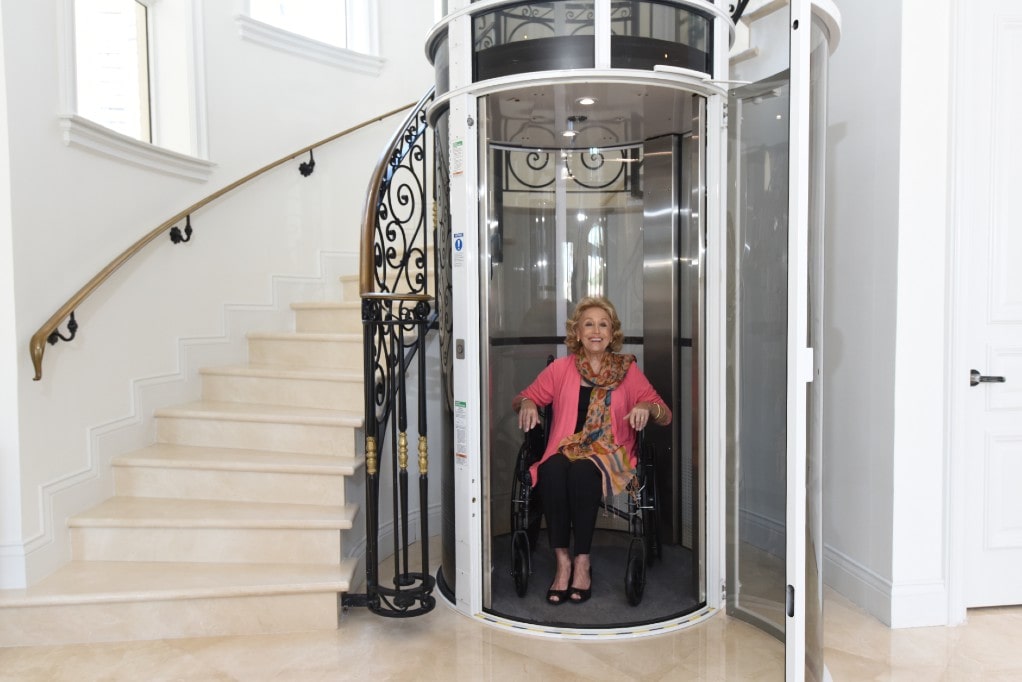London Lift Company: Providing Comprehensive Lift Solutions Throughout the Resources
London Lift Company: Providing Comprehensive Lift Solutions Throughout the Resources
Blog Article
Diving Into the World of Elevators: Usual Issues Dealt With by Numerous Lift Mechanisms
As we browse through the vertical transport systems of contemporary structures, elevators stand out as an essential part of our daily lives. From hydraulic lifts to grip systems and machine-room-less designs, each lift type comes with its collection of common problems.
Hydraulic Lifts
Hydraulic lifts, typically favored for low-rise structures, utilize fluid pressure to manage the activity of the lift car (lift repair companies). This system includes a hydraulic pump pressing oil right into a cyndrical tube, causing the elevator to relocate the preferred instructions. While hydraulic lifts are recognized for their quiet and smooth operation, they do come with their own collection of usual concerns
One prevalent problem with hydraulic elevators is oil leakage. The seals in the hydraulic system can break gradually, bring about oil infiltration. If left unaddressed, this not just creates a mess but can also impact the lift's performance. In addition, concerns with the control system, such as faulty valves or a malfunctioning pump, can cause disruptions in the elevator's activity.
Routine maintenance and prompt repair work are important to guarantee the smooth functioning of hydraulic elevators. By addressing these usual concerns proactively, building owners can minimize downtime and make certain the safety and security and effectiveness of their vertical transport system.
Traction Elevators
When considering vertical transport systems in structures, one more common kind other than hydraulic elevators is the grip elevator. Grip lifts operate making use of a system of ropes and counterweights that move the lift automobile by gripping onto the hoist ropes. This device enables smoother and much faster vertical transportation contrasted to hydraulic systems.
One of the usual issues encountered by traction lifts is rope wear. The continuous movement of the ropes within the grip system can lead to tear and wear with time, potentially creating the elevator to breakdown or become harmful for use. Normal assessments and maintenance of the ropes are vital to guarantee the lift's proper performance and safety.
One more concern that traction lifts might run into is associated with the control system. Troubles with the control system can result in concerns such as erratic activity, delays in action times, or also complete closures. Normal testing and maintenance of the control system are critical to stop such concerns and make sure the lift's reliability.
Machine-Room-Less (MRL) Elevators

Among the key parts of MRL check out here lifts is the compact gearless grip device that is mounted within the hoistway. This maker efficiently drives the lift automobile without the demand for large tools discovered in traditional grip elevators. Furthermore, MRL elevators commonly utilize a weight system to balance the car, additional enhancing their energy performance.
Regardless of their advantages, MRL elevators might encounter challenges associated to upkeep and repair because of the constrained space for equipment setup. Accessibility for servicing components within the shaft can be restricted, calling for specialized training for technicians. Proper maintenance routines and normal inspections are important to make sure the ongoing smooth procedure of MRL lifts.
Overloading and Weight Limit Issues
Overwhelming and weight limitation problems are vital issues in elevator operations. Lift suppliers style lifts with particular weight capacities to ensure guest safety and security and tools longevity.
When elevators are overwhelmed, it puts extreme stress on the motor, cables, and other parts, possibly triggering break downs or breakdowns. If they discover excess weight, safety devices such as sensors and overload Clicking Here sensing units are in location to prevent lifts from moving. Furthermore, exceeding weight restrictions can result in increased power consumption and deterioration on the lift system.
To minimize overwhelming concerns, developing supervisors ought to plainly display weight restrictions in elevators and inform occupants on the importance of sticking to these constraints - lift repair companies. Routine upkeep checks by qualified technicians can likewise aid make sure that lifts are operating within safe weight specifications. By attending to overloading and weight limitation concerns proactively, building proprietors can enhance elevator safety and security and efficiency
Electric System Failures
Going beyond weight limitations in lifts can not just lead to mechanical issues however likewise possibly add to electrical system failings within the lift facilities. Electric system failures are a critical concern in lift procedure, as they can create unanticipated closures, breakdowns, or also security hazards.
Regular upkeep and evaluations are crucial to determine and address possible electrical problems promptly, making sure the efficient and secure operation of lift systems. By sticking to weight limitations and performing routine electric system checks, structure owners can alleviate the risk of electric failings in elevators.
Final Thought

Hydraulic elevators, commonly chosen for low-rise structures, use fluid stress to manage the movement of the elevator car.When taking into consideration vertical transport systems in buildings, one more common type apart from hydraulic elevators is the grip elevator. Grip lifts run using a system of ropes and weights that relocate the elevator cars and truck by grasping onto the hoist ropes. Unlike traditional elevators that call for a separate equipment space to house the equipment, MRL elevators incorporate many of the parts within the shaft, getting rid of the demand for a devoted maker area.In conclusion, lifts encounter common problems such as hydraulic breakdowns, grip system failures, and electrical system issues.
Report this page